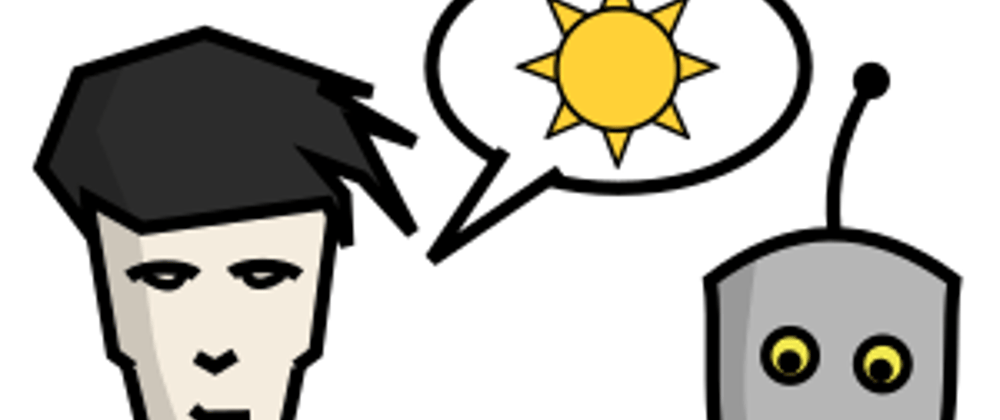A language is a means (and a tool) for expressing and recording thoughts. There are many languages all around us. Some of them require neither speaking nor writing, such as body language; it's possible to express your deepest feelings very precisely without saying a word.
Another language you use each day is your mother tongue, which you use to manifest your will and to ponder reality. Computers have their own language, too, called machine language, which is very rudimentary.
A computer, even the most technically sophisticated, is devoid of even a trace of intelligence. You could say that it is like a well-trained dog - it responds only to a predetermined set of known commands.
The commands it recognizes are very simple. We can imagine that the computer responds to orders like "take that number, divide by another and save the result".
A complete set of known commands is called an instruction list, sometimes abbreviated to IL. Different types of computers may vary depending on the size of their ILs, and the instructions could be completely different in different models.
Note: machine languages are developed by humans.
No computer is currently capable of creating a new language. However, that may change soon. Just as people use a number of very different languages, machines have many different languages, too. The difference, though, is that human languages developed naturally.
Moreover, they are still evolving, and new words are created every day as old words disappear. These languages are called natural languages.
Thanks for reading my article carefully.
To encourage me continue work, please follow me on Dev.to and Github.







Top comments (0)